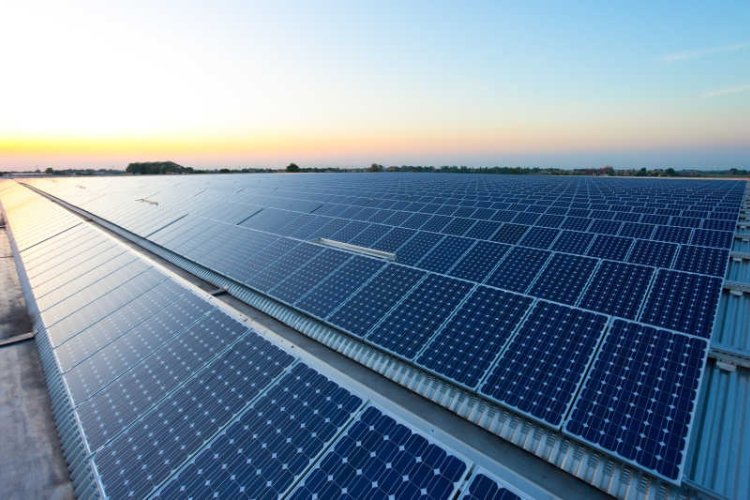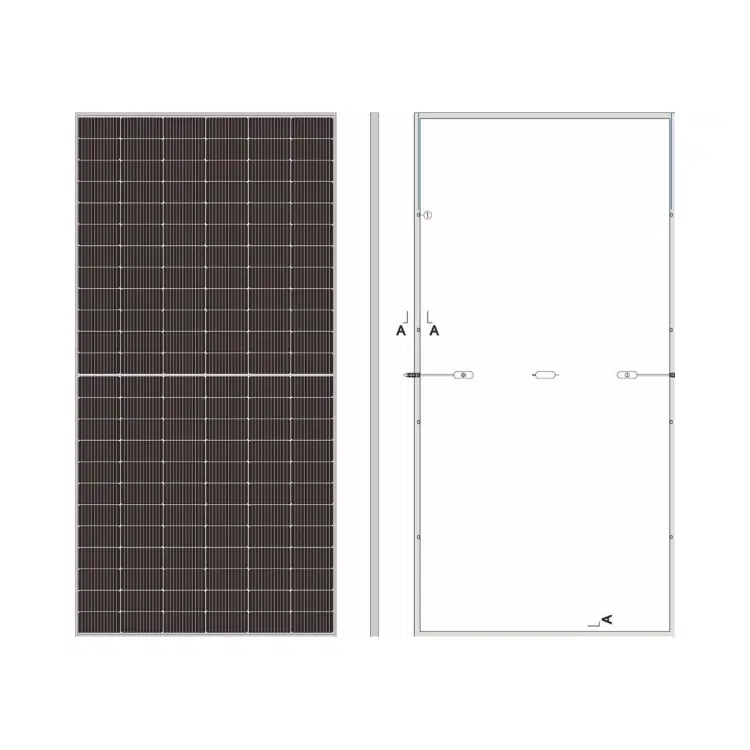Address
304 North Cardinal
St. Dorchester Center, MA 02124
Work Hours
Monday to Friday: 7AM - 7PM
Weekend: 10AM - 5PM
Address
304 North Cardinal
St. Dorchester Center, MA 02124
Work Hours
Monday to Friday: 7AM - 7PM
Weekend: 10AM - 5PM

Solar panels are collections of solar cells. They work in tandem to supply electricity. A single cell does not have the ability to generate large amounts of electricity; so multiple cells need to be assembled together. Multiple cells are able to increase the capacity of the battery to meet the needs of the battery. The more light available to the panels, the more power they provide!

Solar panels convert light into electricity. This process of obtaining electricity is as follows
Photons enter the battery cells
They then activate electrons that hit the scattered electrons in the silicon layers.
Some of the electrons in the bottom layer are catapulted to the top of the cell like a slingshot.
They then flow into the metal conductor as electricity, which converges into a current every 60 cell modules.
The electrons then contact the hard outer layer and flow back to the bottom of the cell, forming a closed circuit or loop.
Types of Solar Power
There are three main types of solar panels. Below is a listing and description of all three types of panels used on home roofs as well as commercial roofs.
Monocrystalline Panels: Experts consider these panels to be the most effective and efficient type of panel. The crystalline-based silicon that it utilizes bonded in the solar panel is only one layer. In order to conduct electrons, metal strips are mounted on extensions of the solar panel. Compared to other types of crystalline-based panels, monocrystalline units are more expensive than most monoliths.
Polycrystalline panels: Monocrystalline solar panels use only one layer of silicon to cover the PV cells, while polycrystalline panels have many layers. This type of crystalline solar panel is usually the cheapest panel to buy. However, they are much less efficient at converting electrons into electricity. As a result, these panels produce less energy savings than monocrystalline solar panels.
Amorphous panels: This type of solar panel does not use crystalline silicon. Crystalline-based solar panels are produced by a process that includes molding and slicing of silicon. In contrast, amorphous panels use amorphous silicon that is not crystallized. As a result, the silicon is able to adhere to different surfaces, such as metal or glass, in the form of a thin film.
In order to choose the right panel for your needs, you have to carefully consider the output of each type of electricity. Make sure you consider the budget for the panels in order to buy enough area or enough panels for your home!